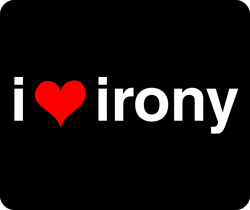One of the first things that happens when you get a faculty mailbox in a philosophy department is that unsolicited items start appearing in it. There are the late student papers, the book catalogs, the religious tracts — and occasionally, actual books that, it is hoped, you will like well enough that you will exhort all your students to buy them (perhaps by requiring them for your classes).
Today, I’m going to give you my review of two little books that appeared in my faculty mailbox, both from The Foundation for Critical Thinking. The first is The Miniature Guide to Critical Thinking Concepts and Tools, the second The Thinker’s Guide to Fallacies: The Art of Mental Trickery and Manipulation, both written by Richard Paul and Linda Elder.

 My
My